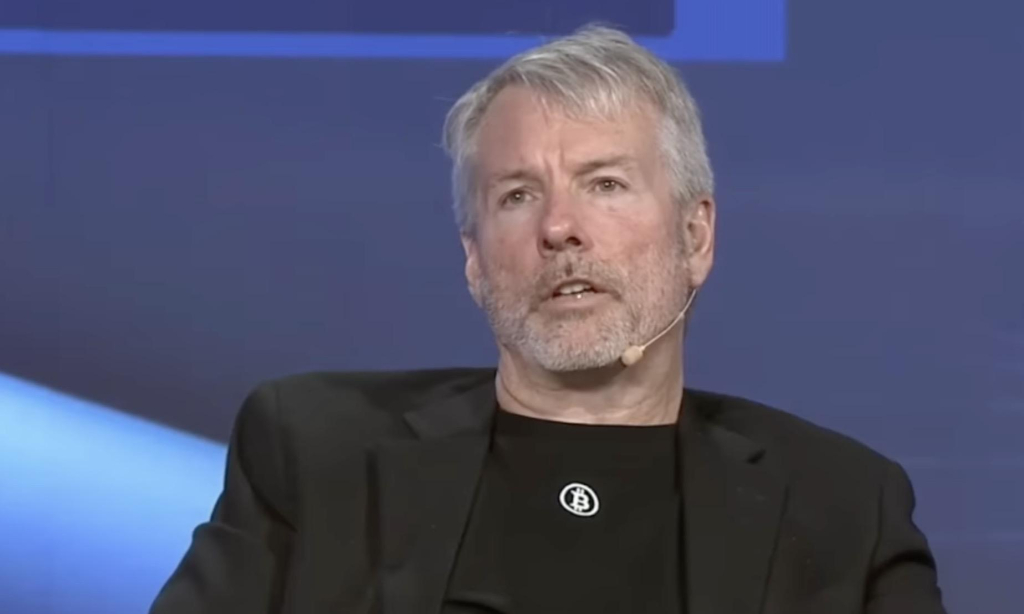Nasdaq CEO Adena Friedman believes blockchain technology will fundamentally reshape traditional finance by revolutionizing post-trade infrastructure, enhancing collateral mobility, and enabling faster global payments. Speaking with Ripple President Monica Long at the Swell conference in New York, Friedman highlighted how distributed ledger technology could unlock capital currently trapped in inefficient financial systems.
Friedman noted that post-trade processes—responsible for finalizing and settling securities transactions—are outdated and fragmented, often relying on decades-old systems. While some complexity exists for risk management and tracking purposes, she said much of it creates unnecessary friction. Blockchain could streamline and unify these processes, cutting costs and accelerating capital movement across markets.
A key advantage, according to Friedman, lies in collateral mobility. Financial institutions often struggle to move pledged assets efficiently between markets and platforms. By digitizing collateral, blockchain could make transfers faster and more secure, freeing billions in idle capital. “We can create a collateral mobility effort and free a lot of capital,” Friedman emphasized, pointing to digital assets as a catalyst for liquidity and efficiency.
Payments represent another major area ripe for blockchain innovation. Though Nasdaq itself isn’t a payments provider, Friedman acknowledged that the current payment systems are a bottleneck in global finance. Blockchain-based solutions could simplify cross-border transactions and reduce settlement times, enabling investors to move funds seamlessly across regions and asset classes.
Nasdaq is already laying the foundation for this transformation. The exchange recently filed with the U.S. Securities and Exchange Commission (SEC) to support trading in tokenized securities. Under this plan, investors could choose tokenized settlement options, allowing for delivery directly into digital wallets while maintaining existing market integrity.
Friedman stressed that the aim isn’t to replace the robust U.S. equity system but to enhance it with blockchain innovation—reducing friction, unlocking capital, and shaping a more open, efficient financial future.


























Comment 0